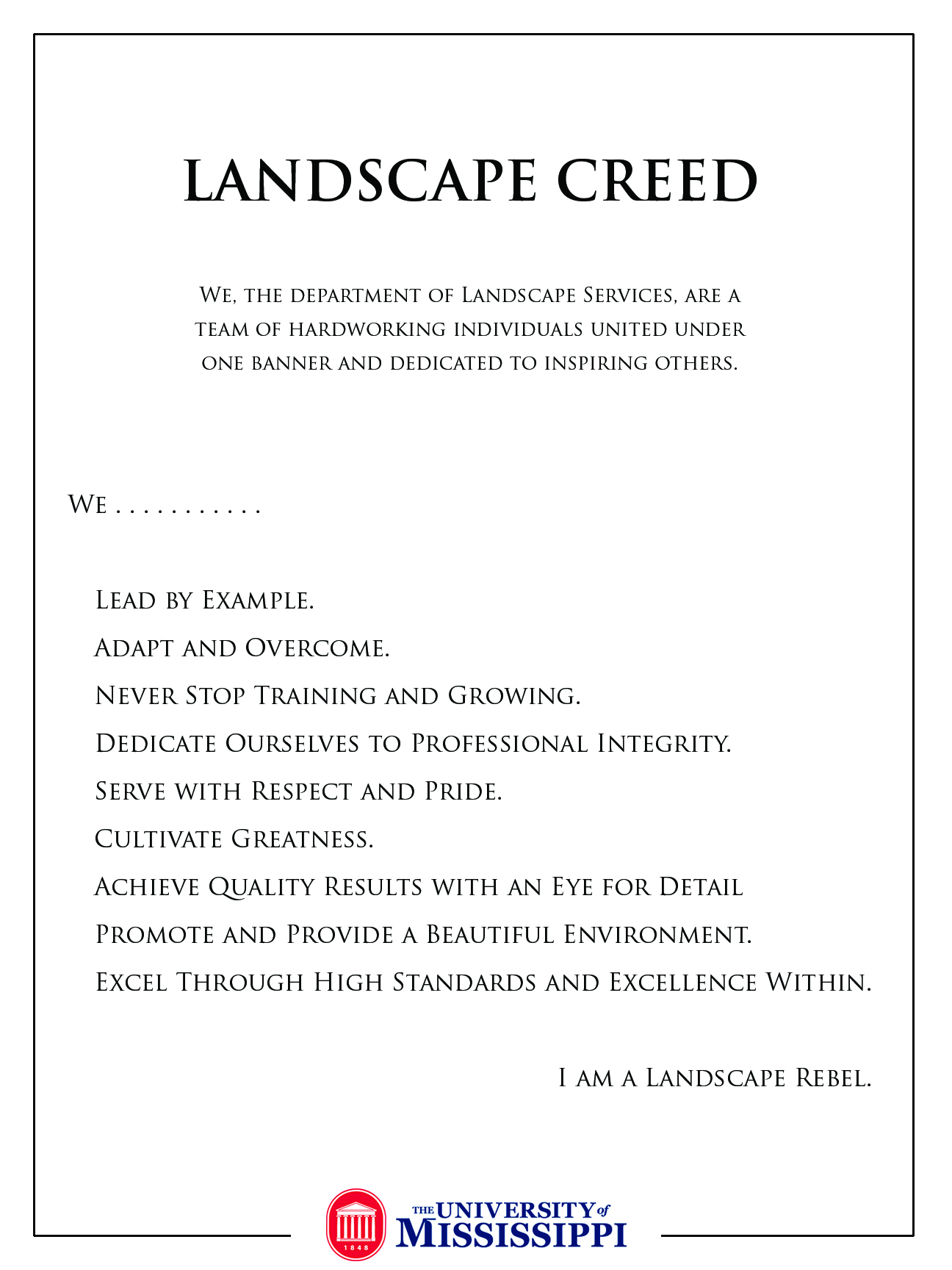Dwarf Butterfly Bush
Butterfly bush (Buddleja davidii - often spelled Buddleia) is a favorite shrub of many gardeners because of its colorful flowers and ability to attract a variety of beneficial insects. As the name implies, the shrub is particularly attractive to butterflies. Native to China, it is adapted to all regions of South Carolina; however, it may be killed to the ground during harsh winters. In some areas of the US, it is considered weedy, and its planting is discouraged. This does not seem to be as much of an issue in the southeast with the exception of B. Lindleyana which suckers prolifically. Weedy seedlings should be dug-out where unwanted. Butterfly bushes are amazingly tough plants and grow well under a variety of conditions. The one critical requirement is well-drained soil as their roots will quickly rot when waterlogged. Full sun is needed to ensure adequate flowering, and they prefer a soil pH of 6.0 to 7.0. Like most shrubs, they benefit from a 2- to 3-inch layer of organic mulch. Once established they are fairly drought tolerant and only require moderate fertilization. These shrubs are very cold-hardy (USDA Zones 5 - 9), but as mentioned earlier, they may be killed to the ground by very low temperatures. This is not a problem since they will re-sprout vigorously from the crown (i.e. where the stems meet the roots). In fact, pruning butterfly bushes to within one foot of the ground annually enhances the flower display. This should be done before new growth begins in the spring since they flower on new growth. Avoid fall or winter pruning which increases the risk of cold damage. Seeds form after flowering and the dark seed heads are generally considered unattractive. Deadheading the spent panicles before they go to seed provides a neater look to the plant, lengthens the bloom period, and prevents unwanted seedlings in the garden. |
|

